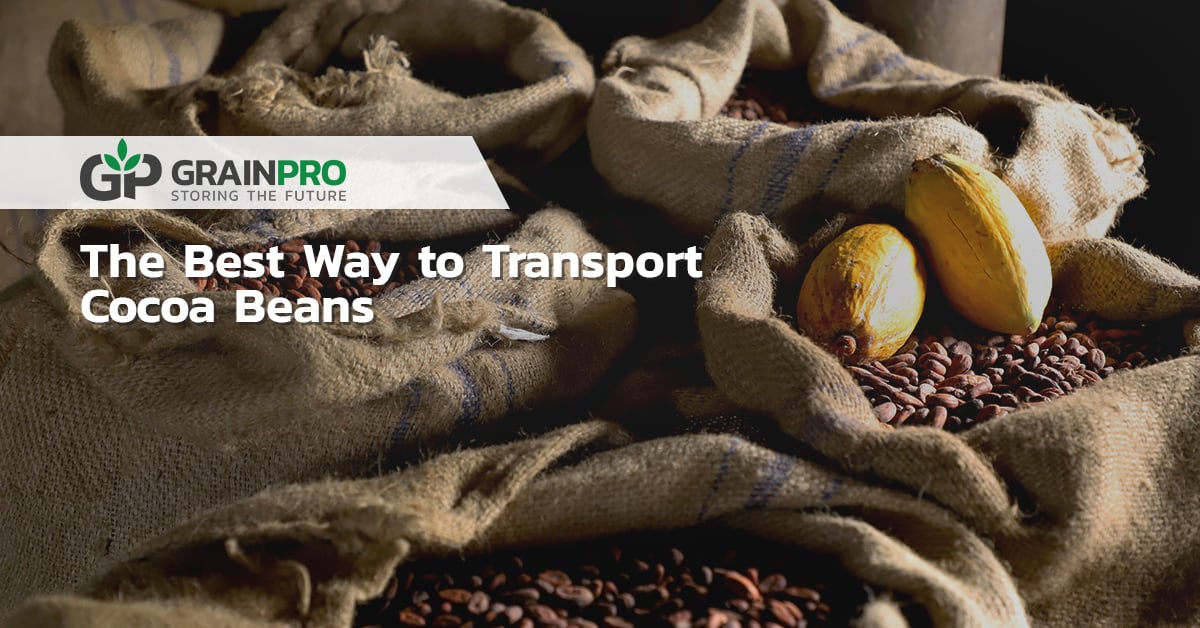The Best Way to Transport Cocoa Beans

Chocolate is enjoyed by billions of people all over the world in countless ways—be it boxed, in a cup, or on a plate. This is why cocoa beans, from which chocolate is made, are so important and valued as crops.
Cacao trees, which produce pods that house the beans, are originally native to South America. This particular plant needs plenty of sunlight, warmth, humidity, and precipitation to thrive. Countries such as the Ivory Coast, Ghana, Cameroon, Brazil, and Indonesia are amongst the top growers and producers of cocoa.
The beans are then transported to countries that process the raw materials to create confectionary treats. The top importers and consumers are mostly Europeans, including Switzerland, Germany, the United Kingdom, and Sweden.
Read more: Cocoa Processing, A Bean to Cup Story
Transporting the beans, however, can become problematic due to differences in climates of origin and destination. Moisture build-up in shipping containers pose a serious threat to the cocoa beans, which are vulnerable to mold growth. This leads to volume loss or possible health risks if ingested.
Cocoa handlers always want to keep the beans dry for a second reason that is just as important. The reason is because of the effect that moisture can have on the Free Fatty Acid (FFA) of the cocoa. The more moisture the beans absorb, the higher the FFA levels tend to be. If the cocoa beans acquire FFA levels that are too high, the taste begins to turn rancid instead of pleasantly bitter. This translates to loss of quality and profitability of the beans.
One of the best ways to protect cocoa beans in shipping containers is by using a liner for the container itself. Whether the beans are shipped in bulk or bagged, a liner as a protective barrier can ensure that moisture won’t be able to cause damage. The Transafeliner (TSL) is a hermetic bag that offers this. The gas-tight and moisture-tight properties of the TSL safeguard the cocoa beans from mold growth and moisture damage, which makes it a perfect solution for shipping these valuable products to anywhere in the world.
Read more: The Origin and Sources of Chocolates
It’s vital to take steps toward ensuring the safety of high-value commodities such as cocoa beans. Make sure your post-harvest system, including transport of products, is in its best state. Learn more about hermetic products by clicking the button below.
Don’t forget to share this article on your socials!
Topics: Quality Hermetic Technology Transport Cocoa